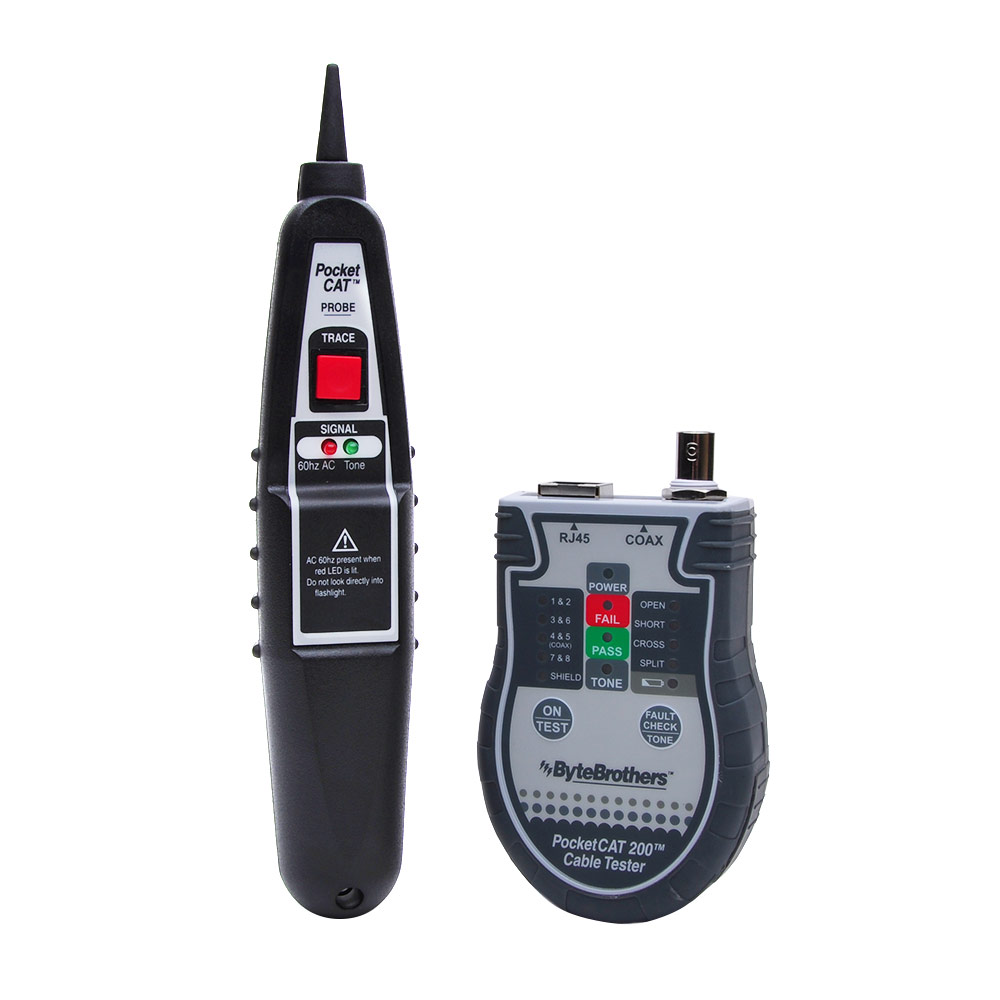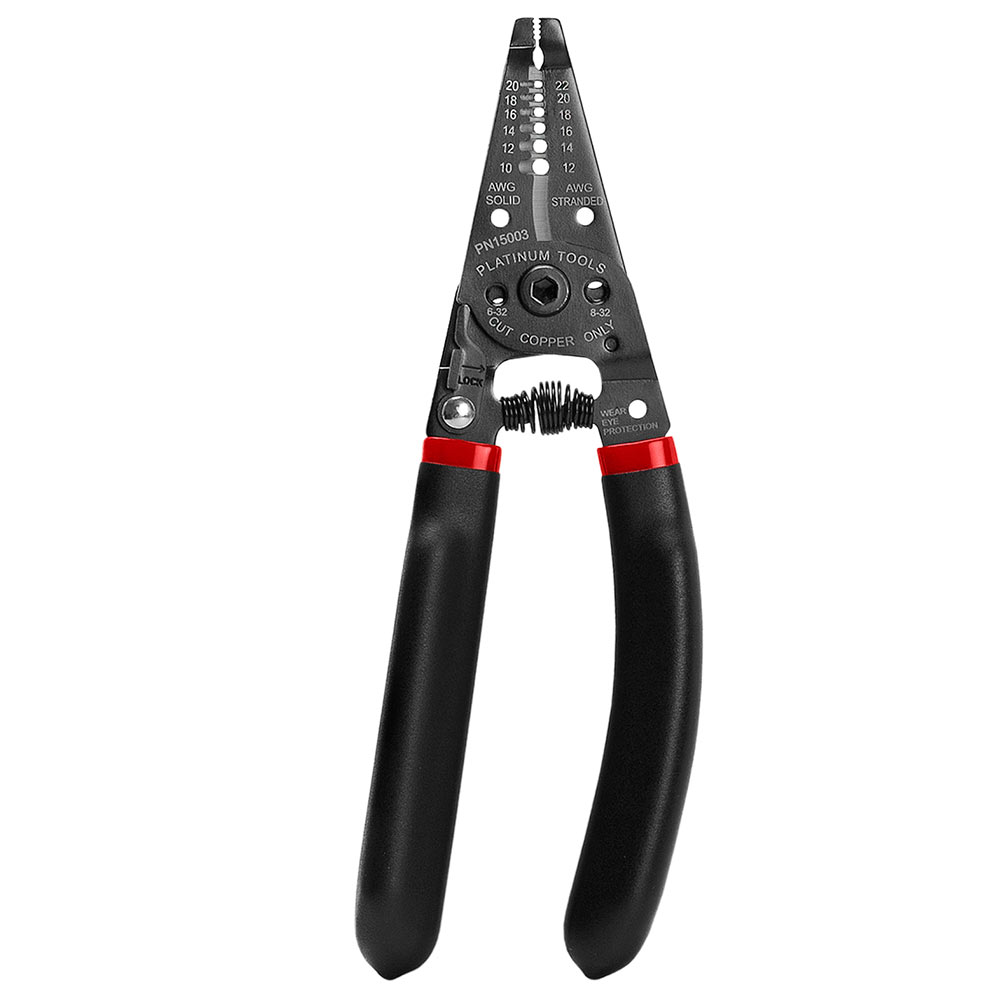Network Tools
There are many different types of network tools that are used by cable operators to ensure efficient working of all cables that are linked with different devices. There are different types of devices that are connected together in a network and each device is used for a different purpose. Since all devices are interconnected, it is important that they are working efficiently and without any type of delay that can hinder the speed and quality of the network.
To ensure that all devices are connected properly in the network, there are a few network tools like cable testers, punch down tools, cable strippers, butt set, and snips that are commonly used.
Here is a brief explanation of each tool.
Cable Testers
A cable tester is used to check on the various electrical connections in a wired assembly or a cable. The electronic device is made with three things:
- A volt meter that checks the voltage of the current passing through the cable
- An electric current source
- A switching matrix that connects all contact points of the cable to the volt meter and current source
Along with this, a cable tester may also have a microcontroller and a display screen that shows the testing process along with the testing result. A cable tester is used to check for all the connections that are needed and it also makes sure that there are no unnecessary connections with the cable. When a tester detects any type of unintended connections, it is clear that the connection will either be because of ‘miswiring’ or a short circuit.
Testing of the network cables is a two step process. The first step involves checks to make sure that the necessary connections are present and are working. This is called as the ‘open tests’ phase. After this step is completed, the cable tester checks for all unintended connections and these are known as ‘shorts tests’.
When testing for a connection there are two ways in which the cable tester can be used: a continuity test or the resistance test. To test for all unnecessary connections, there is the high voltage and low voltage test. Each test is performed to ensure smooth and efficient running of the cables that installed within the network. You can find cable testers at cmple
Punch Down Tool
The other name for the punch down tool is the Krone tool. It is used by network and telecommunication technicians for inserting wires into patch panels, keystone modules, surface mount boxes and punch down blocks. The wires are inserted in the insulation displacement connectors of these network devices. Most of these tools are made in a particular standard format with a detachable slotted blade, an inner spring system and a handle.
The tool requires the presence of a pre-positioned wire in the slotted blade. Once the wire is placed properly the punch down tool is pressed on the post with the slotted wire side being pushed against the post. The inner spring is set off once the required pressure is reached. The wire is pushed into the slot through the blade resulting in the insulation being cut and the wire being secured.
Wire Strippers
These are small hand held devices that are used to strip the insulation around the electrical wires. There are different types of wire strippers available. There are cable strippers that are used specifically for coaxial cables. These cables are generally thicker and require a proper device that will cut the insulation and the wire (if needed) with ease.
There are two types of wire strippers: they are either manual or automatic. The manual wire stripper looks very much like a pair of scissors. The addition of the center notch in the blades allow easy cutting of the insulation and saves the electric wire from being cut. You are supposed to apply a bit of pressure to the wire stripper while rotating it so that the insulation is removed from the wire.
An automated wire stripper does two things at once. It strips the insulation from one side and grips the wire from the other side. All one has to do is place the wire in the jaws of the device and apply pressure to the handle. Be sure that the wire is of the correct size so that you can avoid any unnecessary injury to your hand.
Butt Set
Though it commonly known by this name, it can also be called the lineman’s handset or the test set. The tool is used basically for testing telephone lines. This tool is like any other phone and has a dialing interface that is integrated with the mouth piece, an ear piece and a set of test leads that are connected to the telephone circuit.
Unlike other consumer telephone equipment, the lineman’s handset does not include any modular connectors. It can be easily connected wherever there are telephone lines that are not hidden. When the butt set is connected to a telephone line it is impossible for the consumer to know or figure out if the line is connected to any other device. Commonly the device is used to check for dial tone or to check the ring back number.
Pliers
Pliers are used to generally cut the wires. They do not twist or turn or grab the wire. These pliers are useful to cut wires made out of copper, steel, brass, iron or aluminum. However if you do not have good quality pliers you will not be able to cut any steel wires as the blade will not be strong enough to withstand the pressure of cutting steel.
To avoid ruing the tool, you should try to use a high quality set of pliers that can easily cut steel wires that have a diameter of at least 2mm. for wires that are thicker and used for different electronic devices you can use special pliers. These pliers are made differently and allow wires to be cut with a flush that is either trimmed or nearly flushed. You can find good quality pliers and more network tools on cmple





